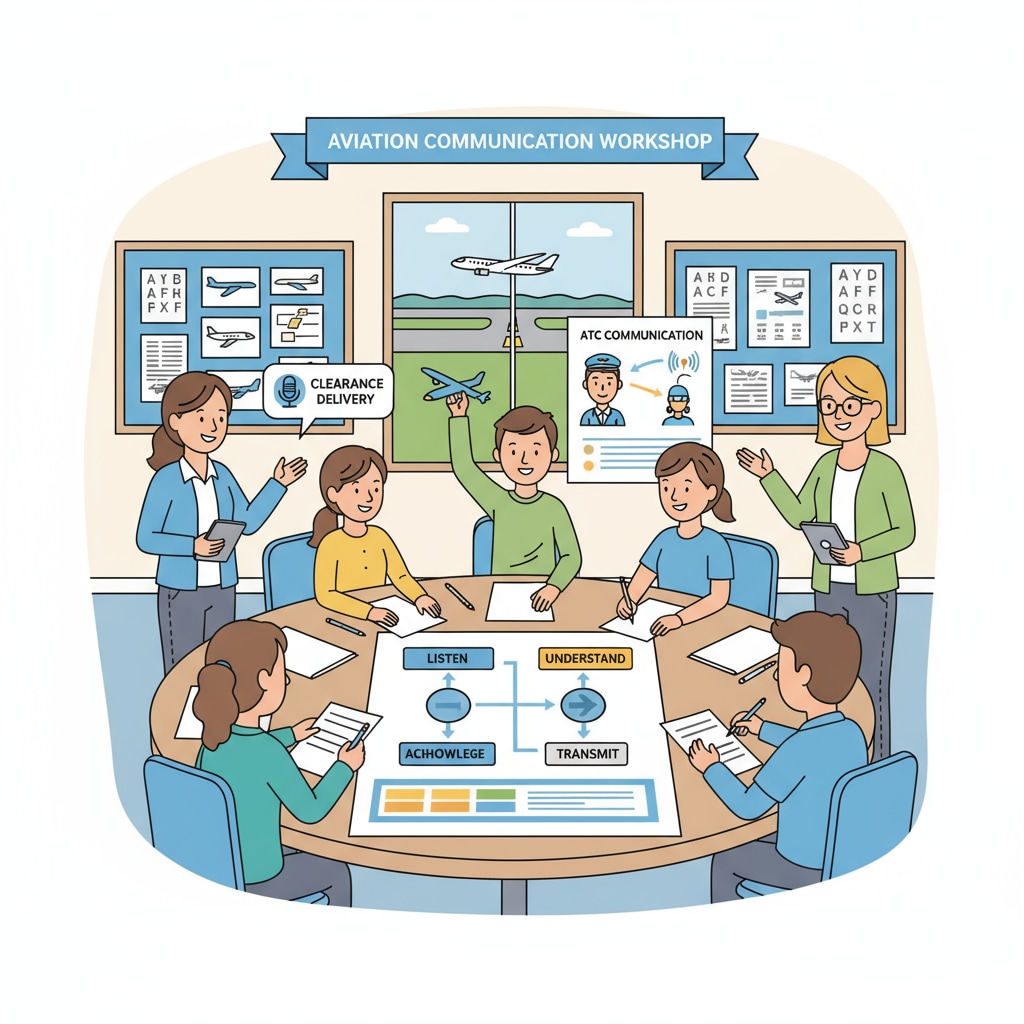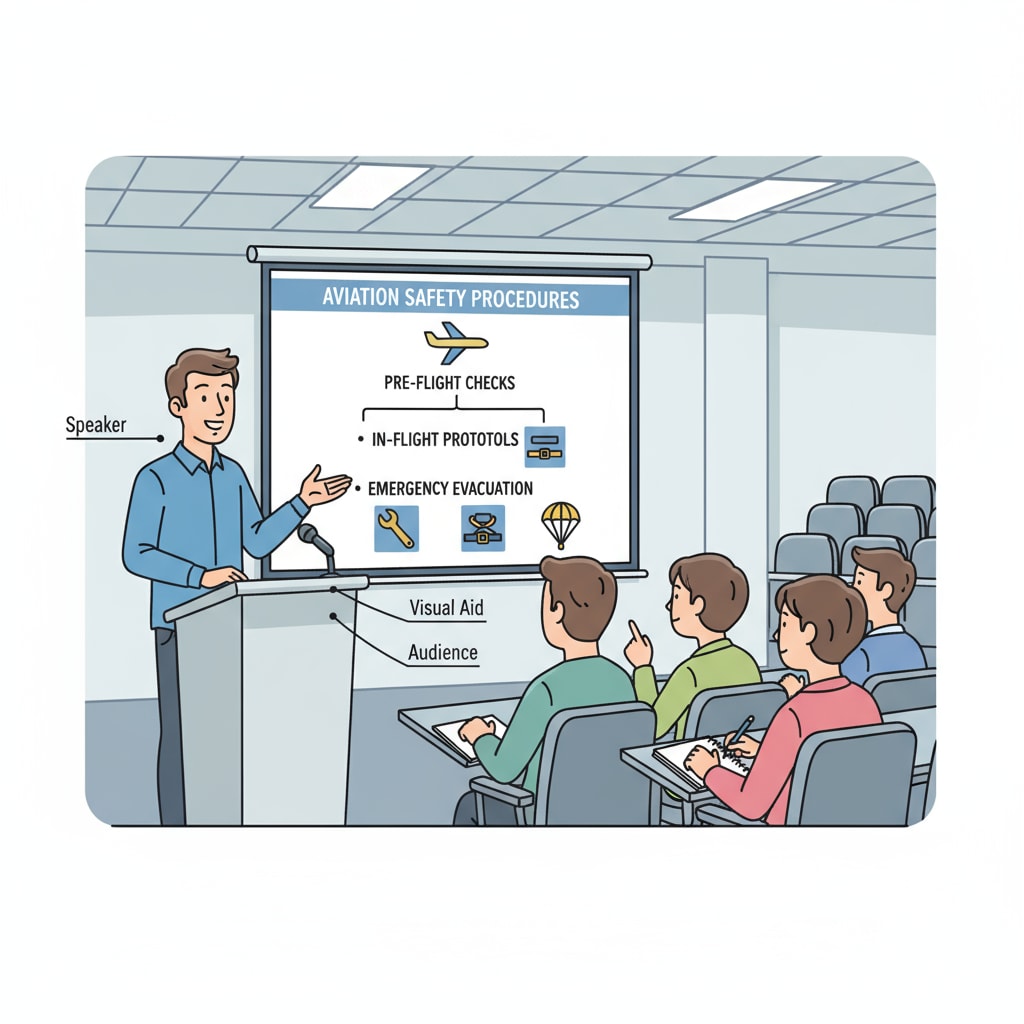Pilot skills, communication abilities, decision-making capacities, and situational awareness are the cornerstones for individuals aspiring to become pilots. In the realm of K12 education, laying the groundwork for these crucial aspects is of utmost importance.

As the aviation industry continues to evolve, the demand for well-rounded pilots with these core competencies is on the rise.
Developing Strong Communication Skills
Effective communication is vital in aviation. Pilots need to communicate clearly with air traffic control, crew members, and passengers. In K12 education, activities like debate clubs, public speaking classes, and group projects can enhance students’ communication skills. For example, through debates, students learn to express complex ideas precisely, which is essential for conveying information accurately in high-pressure aviation scenarios. Aviation communication on Wikipedia

Enhancing Decision-Making Under Pressure
Decision-making under pressure is a critical skill for pilots. K12 educators can incorporate problem-solving exercises and simulations into the curriculum. For instance, math competitions that require quick thinking and strategic decision-making can help students develop the mental agility needed for making split-second decisions in the cockpit. Additionally, science experiments where students face unexpected challenges and must find solutions can also contribute to honing this skill. Decision-making on Britannica
Furthermore, sports activities can play a significant role. Team sports like basketball or soccer teach students to make decisions in dynamic, high-pressure situations, mirroring the environment a pilot encounters.
Another aspect is the development of technical knowledge. In K12, a strong foundation in science, technology, engineering, and mathematics (STEM) subjects is essential. Understanding physics principles related to flight, such as aerodynamics, and having proficiency in computer science for operating advanced avionics systems are crucial for future pilots.
Cultivating Situational Awareness
Situational awareness is the ability to understand and interpret the current situation accurately. In K12 education, activities like map reading, orienteering, and analyzing real-world scenarios can enhance students’ situational awareness. For example, map reading helps students develop spatial awareness, which is essential for pilots to navigate in the air. Through analyzing case studies of aviation incidents, students can learn to identify potential risks and make informed decisions.

Finally, adaptability is a key trait for pilots. K12 schools can encourage students to participate in international exchange programs, learn different languages, and experience diverse cultures. This exposure helps students become more adaptable and better able to handle the various situations they may encounter in the global aviation industry.
Readability guidance: Short paragraphs and lists are used to summarize key points. Each H2 section aims to provide a list of relevant activities or concepts. The proportion of passive voice and long sentences is carefully controlled. Transition words such as ‘however’, ‘therefore’, ‘in addition’, ‘for example’, and ‘as a result’ are scattered throughout the text to enhance readability.


